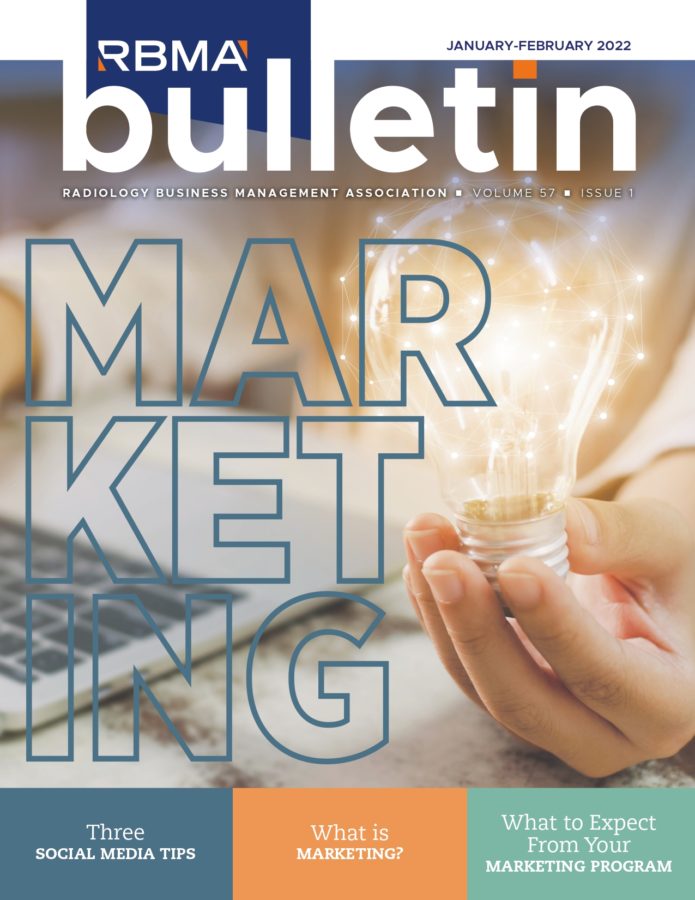A Brand is Born
As soon as something exists, so too does the impression it makes on the world. All of those impressions add up to a brand. A brand is wild and complex and takes on a life of its own. Like anything wild, you cannot control a brand. However, by taking intelligent actions with pure intentions, you just might be able to train it.
Training your brand allows it to build relationships with your audience in intentional ways, builds value and trust, keeps interactions meaningful, and gives them a chance
to get to know the real you. This is the art of influencing impressions. Impressions require at least one human experience to complete the impression. Therefore, your brand does not only live among your assets, such as logo and tagline. It lives in the hearts and minds of the people who interact with it.
In today’s connected world, brand impressions are subject to aggressive competition, short attention spans, high expectations, and emotional contexts. We cannot control the context in which our brands live. However, by understanding the relative nature of brands, we can slow it down, look at it curiously, and nurture it thoughtfully. Much like raising a baby dragon, we may not see the results we are aiming toward if we just hatch our egg and walk away. Our baby brand could starve, get in with the wrong crowd, or not learn how to control its fire glands. To raise a well-behaved brand, we must review it regularly, nurture it at key moments, and avoid obsessing over it. And most importantly, teach it to fly.
Opportunities for Effective Branding
We nurture our brands through strategy, direction, development, and adaptation. The frequency and depth at which we nurture a brand depend on many factors, including market position, resources, territory, and complexity of the brand. Sometimes the steps are out of order, but they’re always the same.
- DEFINE THE CORE INTENTION: Who or what is the unique entity, product, service, opportunity, mission, or experience wanting to have interactions with the world? Define what it is, and what it is not.
- KNOW THE AUDIENCE: Who does the intention target? This may take some research to define all relevant demographics. We need to know where they spend their time, what motivates their decisions, why we deserve their attention, and why a transaction is in their best interest. What platforms are most appropriate for building relationships with this audience?
- BRIDGE THE GAP: When we have our audience’s attention, what impression do we want to make? What is the key takeaway and/or action we want them to do? What is the nature of the relationship we want to build? And the most overlooked factor, how do we want them to feel every step of the way?
- DEFINE THE CORE INTENTION: Who or what is the unique entity, product, service, opportunity, mission, or experience wanting to have interactions with the world? Define what it is, and what it is not.
- CRAFT AND TEST REPRESENTATION: Armed with knowledge of our intentions and vehicles, we can begin to ‘dress’ our brand with the appropriate personality and style. This includes things like naming, designing a logo, creating a brand ‘voice,’ and directing a customer experience. This is also when we produce marketing materials.
- DEPLOY EXPERIENCE: Whether you’re introducing your company to the world for the first time, or publishing a social media ad campaign, this step represents reaching out to your audience with a specific intention.
- DEPLOY FEEDBACK LOOPS: There’s no way to know if your brand reached your audience and what impression it made without obtaining feedback. This is the most forgotten-about step, and crucial for building a two-way relationship with your audience. Sales and sign-ups offer quantitative insight into our audience’s actions. However, to truly gauge perception, we must find out how our audience. FEELS. Qualitative feedback can be received in many ever-evolving ways, not limited to body language, surveys, online comments, and gossip.
- MONITOR THE RELATIONSHIP: Once mechanisms are in place for both forms of feedback, it’s time to categorize the outcomes into what’s working, what’s not working, and risks. What’s working, keep doing. What’s not working, change. Mitigate risky, extraneous experiences.
- EVOLVE: Take your updated wisdom and repeat the process. Go back to your intention: is it still the right model? Is your audience who you thought? Are you sending the right messages via the right platforms? Is your website driving traffic and leading to the correct action? Evolve, deploy, track, repeat.
A Brand Ablaze
When it comes to branding, designing a logo and crafting a social media schedule is a good start. But don’t stop there. Training your brand is a conversation, not a presentation. Through clear intentions, thoughtful creativity, and good listening skills, you can go deeper and ensure that you build positive, powerful, and lasting relationships in the world
Want to read on the go? Download the PDF from RBMA by clicking HERE.
